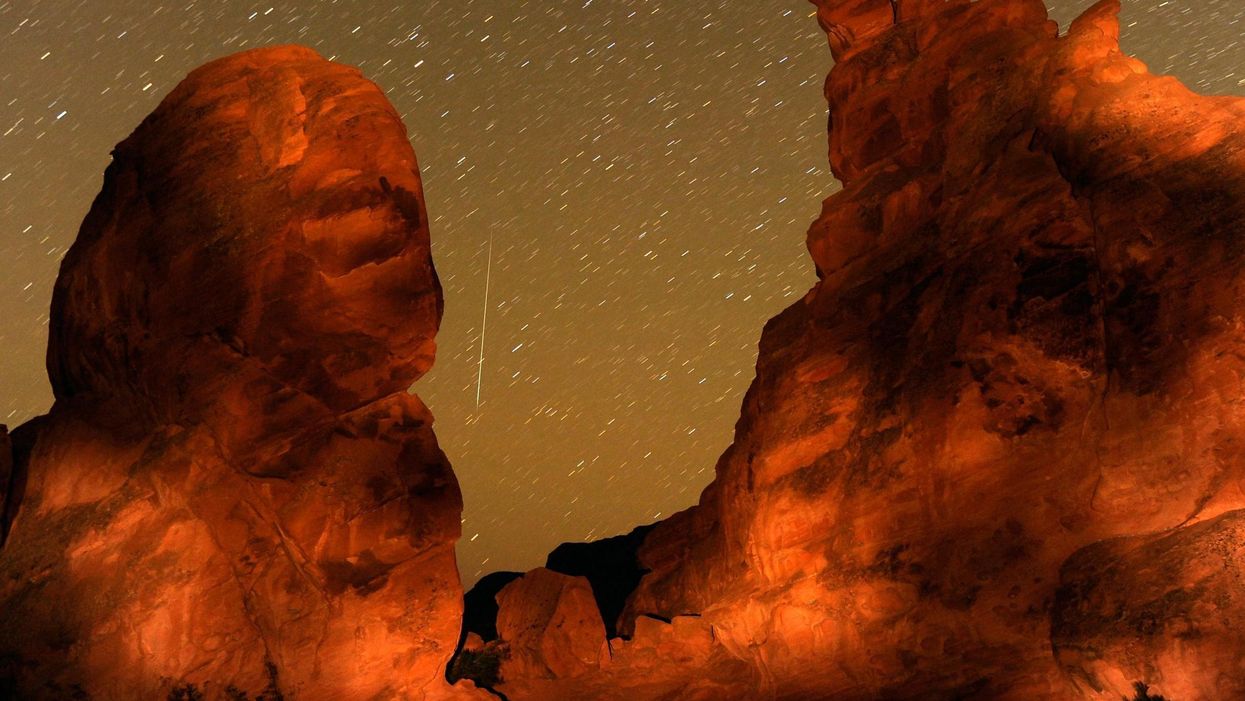
Last Monday an asteroid as big as a large building flew close to the earth, passing by half the distance from Earth, as the moon.
And while these close-call occurrences happen often – over 60 times in January alone - what can you do if an asteroid or large meteorite collided with our planet?
In short: Prepare for the worst.
The impact from near-Earth objects larger than 1 kilometre can be devastating – if it hits land, it can create an impact crater the size of a large city; hitting the ocean would generate a tsunami.
On land, these objects will burn up in the atmosphere, but the meteor which fell on Chelyabinsk, in Russia still managed to damage over 7,200 buildings, and injury 1,491 people – and that was only 65 feet in diameter.
Nasa’s Spaceguard survey is mapping the position and trajectories of 90 per cent of these NEOs, and so far, none of the bodies discovered appear to be a threat.
In fact, the largest object which will come closest to our planet is Apophis, in 2029, and then again at 2036.
Even then, there is only a one in 250,000 chance that it will hit earth.
Additionally, the Federal Emergency Management Agency (Fema) have run three simulated scenarios on intervention if an object impacts earth, and two other agencies are building a collection of potential scenarios – just in case they ever need it.
HT IFL Science!
More: Earth is overdue an ‘extinction-level’ event, Nasa scientist warns
More: A ‘surprise’ asteroid just flew past Earth closer than the moon













